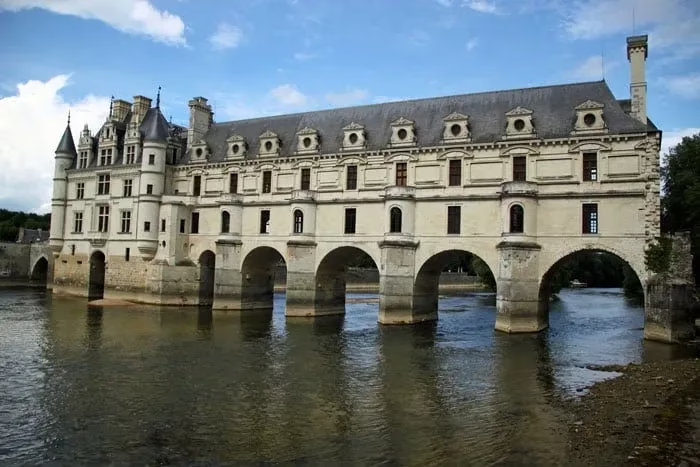Transportation to Chenonceau Chateau in the Loire Region of France
Driving is the best option for most visitors to Château de Chenonceau but public transportation and day-trip tours are alternatives. Getting to Château de Chenonceau on the Cher River in the Loire region of France is easiest by car but public transportation is also available with trains arriving from Tours and Bourges. Cycling is an … Read more









